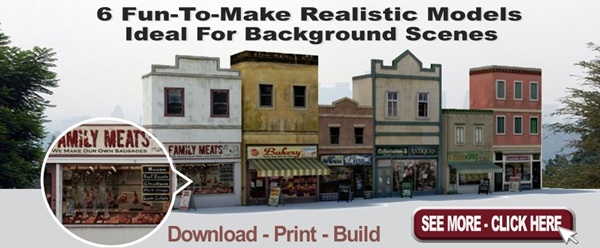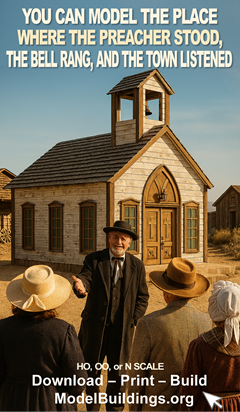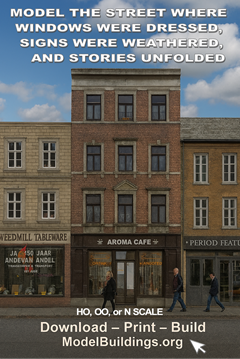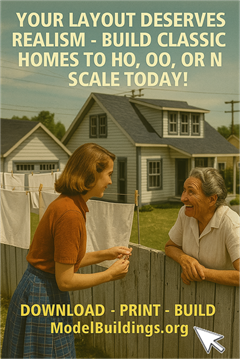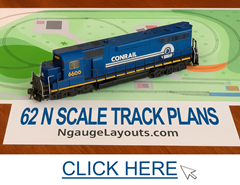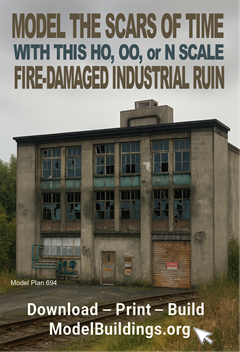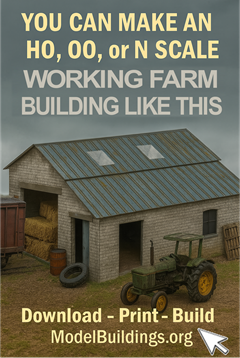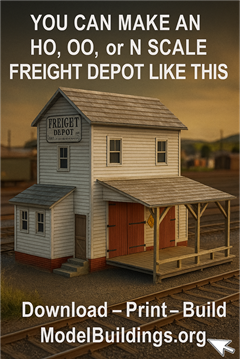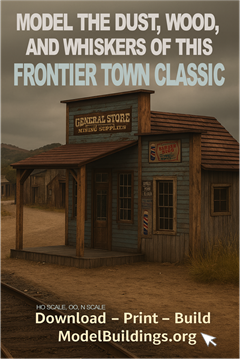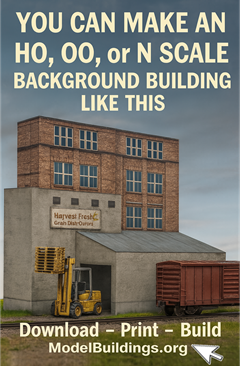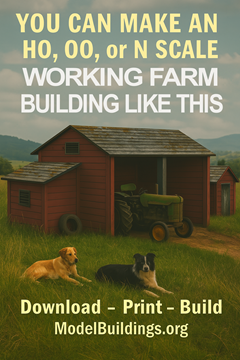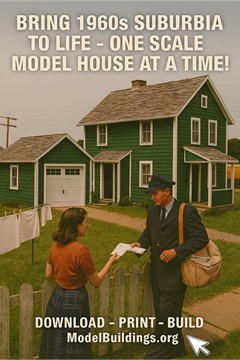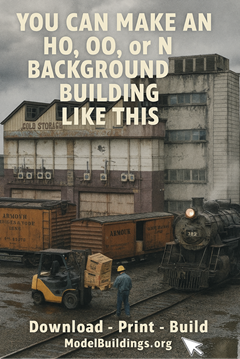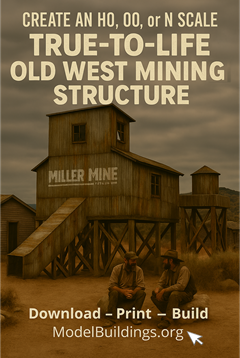Everything on model trains, model railroads, model railways, locomotives, model train layouts, scenery, wiring, DCC and more. Enjoy the world's best hobby... model railroading!
How to Wire Double-Throw (DPDT) Switch
Lester model N scale and asks readers:
“I like to know how to wire a DPDT switch. I own a DCC system NCS. I want to make a section on my main track as a program track. It is isolated from my main track. What I need is a diagram on how to wire it so that the program track becomes a main track when it is thrown on and the other way the program track has power and the main doesn’t.”
Cleaning Engines
Allan has a question for readers:
“Hi, I live in an area with high sulphur content and have a few engines that are getting slow and are showing signs of contamination around the brass copper etc and want to clean this off but not sure what to do or use? Any help please.”
Tips on starting a G scale 5 inch live steam garden railroad
Harper asks readers:
“I wish to start a garden railroad by the time I have a full paying job. I have started planning ahead and already have been looking at a suitable locomotive. Layouts have also been one thing that I have been planning ahead on. My question really, though, is… Is there anything else I need to consider or start planning on?”
Selecting High Performance Diesel Locomotives
Kevin would like to hear your preferences with regards locomotive brands:
“I am completing an 4′ x 8′ N scale layout and am at the point where I going purchase two diesel locomotives. I am looking for recommendations as to high performing locomotives that other model railroaders have had good experience with. My layout uses Kato Unitrack. Thank you in advance.”
Engine Does Not Run Anymore
Tom is new to O scale as asks readers:
“I have three engines which all stopped running after 10 to 15 minutes on the track. The lights come on. They just do not move. Three other engines have been working fine for days. Any ideas or suggestions?”
Confused With DCC Bus Wires
Bruce models HO and asks readers:
“I’m building a new layout in my garage 24×20. Should I run my bus wire from point A to halfway around one direction, and the other way to half way around, but not joined together at the halfway point? Or should I just make a single loop from point A to point A. Regular street talk will be best for me so I don’t get confused by all the tech talk thanks. Thanks.”
TMCC Trainmaster Command Control
Ian asks readers:
“I don’t know about T.M.C.C. and would appreciate any pointers to help fill in my knowledge gap. I have heard others talking about Radio Control similar to model aircraft and wonder if it a real possibility to set up this method as I am about to retire D.C. for my H O setup and am at the decision time. Comments from the Blog will be of great assistance.”
Confusion With DCC
Drew needs advice from readers and asks:
“I have a rather large HO layout – arranged in a L shape – 20 ft x 8 ft – which I am converting to DCC. Since DCC is supposedly AC power (or so I have been told), why are boosters needed since AC keeps a constant current regardless of the distance to the power supply (well, within reason…)? I have also purchased two (2) boosters for my layout. Since I now have three power supplies does it matter where I place the boosters on the “L”? Thanks VERY much for the answers!”
Add your comment or suggestion below this posting if you can help Drew.
Finding Logging Locos (Shays)
Bryan asks readers:
“I finally have the time to enter the hobby, and really want to do something in the logging industry. I’ve been dreaming for years, but not watching prices! Where in the world does one find HO Shay’s these days for less than $1200?!!
I’d really like to join in on the hobby, but seriously, how in the world can you get started at those prices? Also, it seems that availability (why prices are so high?) is really limited. Any direction/advice is really appreciated.”
Digital Command System vs TrainMaster Command Control
Steve asks readers:
“Hi, I really (think I) want to move from Conventional to DCS (Digital Command System) / TMCC (TrainMaster Command Control). The current O scale layout is 8 x 16, and use Conventional Postwar, Modern, and TMCC Lionel, along with Modern P1, P2, and P3 MTH Locomotives.
- The current Layout
- 8 track blocks using 2 ZW transformers.
- Three (3) Mainlines connected by 2 common sections, with 3 spurs off the main lines.
- Switches are isolated power (non-track) connected to a Lionel 1033,
- Accessories are toggle switched to an LW.
- The 3 main tracks run off 3 bus lines with dropdowns about every 6 feet.
- The two common sections are wired directly to two(2) ZW terminals.
- The layout is basically two separate large loops – an upper and a lower level- with an inner figure 8.
- At the south end the figure 8 and the lower outside loop use a common track section about 6 feet long. At the north end the upper and lower outside loops share a common track for about 2 feet.
So my transformers power an “A” loop, “B” loop, “C” loop as Mains, an “A-B” common, and an “A-C” common, then the 3 isolated spurs on the remaining 3 terminals. Each uses a separate ZW terminal. The remainders are on the ZWs are for isolated sidings,Everything is color coded so I pretty well know what wires goes to what.
So my questions are:
1) TMCC vs DCS
2) What’s involved in moving to DCS / TMMC
3) Can I run post war, and my moderns
One problem I do currently have is that unless my isolated blocks are all at the exact voltage the post war Locos trip into neutral when changing blocks.
Can you help me please?”
